All You Need to Know About Plant Heat Stress
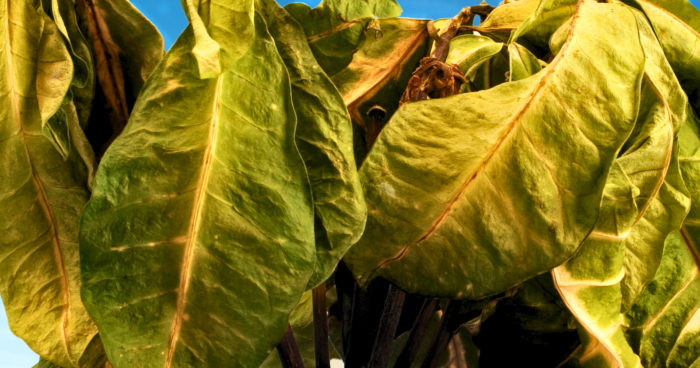
3 Critical Symptoms, 3 Solutions, and 9 Plants That Tolerate Heat
Remember when August was once the hottest month of the year? Now heat waves start earlier and extend into October — in the Bay Area and throughout the state. Plant loss due to heat stress can occur If you aren’t prepared. So we’ve compiled the best advice from Gardeners’ Guild experts and the University of California.
Our post is a simple guide. The causes of heat stress, the symptoms, and solutions. Plus, a list with photos of plants that can tolerate high temperatures.
How Extreme Heat Causes Plant Stress
The ideal growing temperatures for a plant are between 60 to 80 degrees. But once temperatures reach 85 degrees and over, the risk of heat stress multiplies exponentially.
Why? A simple reason. A plant’s ability to regulate its temperature diminishes when temperatures rise above 85 degrees.
How a plant cools itself
Through water evaporation through the pores in its leaves. Called transpiration. But when it loses too much water, the pores close, and the plant no longer has the energy to do that. It gradually starves because it has exhausted its food reserves.
Not unlike human beings. We know what it’s like to feel dehydrated. It depletes our energy reserves. You probably have a story about what it’s like to have heat stress.
Starving plants are vulnerable to infestations from pests. And photosynthesis, the process of the conversion of sunlight into energy, decreases. If heat stress continues for an extended period of time, the plant’s growth will be stunted, and its health will decline. The graphic below illustrates the progression of heat damage.
Even those that can tolerate high temperatures may also suffer from heat stress. It can occur when nighttime temperatures do not cool enough. And when the soil becomes too dry and hot during a severe and prolonged heat wave.
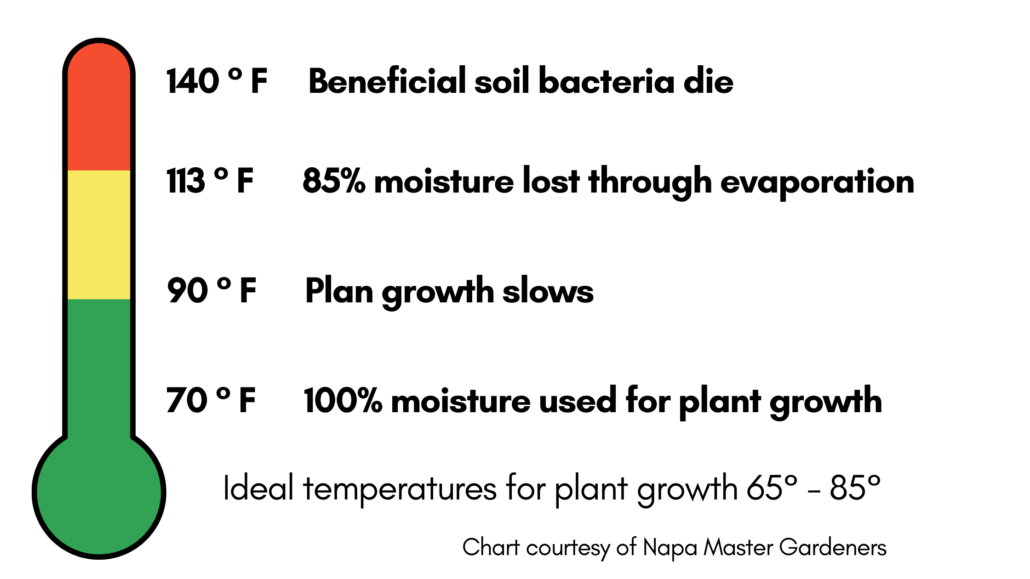
Symptoms of heat stress in plants
Sunburn
Excessive and direct sun exposure can cause sunburn. Sunburned leaves appear scorched and discolored.
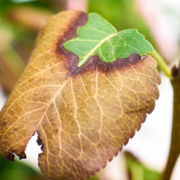
Overall plant stress
- Wilted leaves
- Leaves look smaller
- Brown, crisp foliage
- Edibles may look scarred
- Plants may stop flowering
The photo below shows an edible plant damaged by a prolonged heat wave.
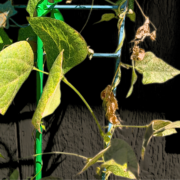
Pests
As mentioned above. Trees are your most valuable asset; keep in mind that they can be at risk of pathogenic fungi infestation from prolonged extreme heat exposure.
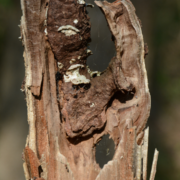

3 Solutions for Heat-Stressed Plants
1. Watering the right way
Give your plants a good soaking. Water slowly and deeply to encourage deep root growth. Before a heat wave. Drip irrigation is ideal because it dispenses water slowly and goes directly to the plant’s roots.
When? Early in the morning. Too much water can do reverse damage. Use a soil moisture sensor to know that your plants are getting enough water.
2. Mulch
Master Gardeners advise a three to four-inch layer of mulch around your plants. Mulch has many advantages: it helps keep plant roots cool and retains moisture.
3. Shade cloths or umbrellas
This is to cool the soil and block the harmful sun’s rays. Depending on the size and location of your garden, a beach umbrella or, better yet, your old unused umbrella will work!
Shade cloths are lightweight and have microscopic holes to allow light and water to permeate. You can purchase them in various densities, corresponding to the light they let in. Or use material you have on hand, such as bed sheets or window screens.
Your shade cloth needs to be high enough, at least 2 to 3 feet above your plants, so it has enough ventilation. There are multiple options for securing it, from trellises to pergolas and plant stakes. They can be as simple or sophisticated as you like.
Securing the cloth on one side of the plant should be sufficient to block the most harmful sun rays.
Can Plants Recover from Extreme Heat Stress?
Yes, they can. And there’s no simple answer. It will depend on a few factors.
- The severity of the heat.
- Plant type.
- Maturity: plants that are at the end of their useful lifespan may not make it.
- The plant’s health prior to the heat wave.
We urge you to contact a professional if you notice a tree that seems heat stressed. They are the most expensive to replace and can be a safety hazard if they are infected.

Don’t fertilize during a heat wave
Fertilization requires that the plant expend energy to absorb it. But during extreme heat, plants’ energy is limited due to the stress of the heat.
Don’t prune (or only if absolutely necessary)
A plant needs energy to recover from the shock of pruning, but during a heat wave, its resources to recover may be severely depleted. Pruning can stimulate new growth, but a plant struggling during a heat wave may lose precious water resources and become severely dehydrated. Open wounds can become entry points for pests.
Don’t remove damaged foliage
This may seem counter-intuitive, but the foliage can provide some measure of protection from the sun’s rays.
Don’t water when the sun is at its highest point
It’s a waste of water. It will evaporate before you finish reading this one sentence.
Pay Special Attention to
Plants near walkways
At 3:30 in the afternoon of a typical summer day when the air is 84°, the pavement can heat up to 142°. Any plants along walkways, patios, or steps are at risk of being impacted by the radiant heat from the pavement.
Young plants
Just like a baby, they have less energy reserves to withstand extreme heat. Their shallow root systems are less able to absorb water. Pay close attention to them. Make sure they have enough water and shade.
Container plants
- Check them twice a day
- Wrap dark containers in light-colored cloths which will reflect the light.
Fruiting plants
They are vulnerable and should be monitored regularly. Fruit may drop too early. It will affect the quantity and quality of the fruit. Ensure they have sufficient deep watering, shade, and mulch.
About trees
On a hot day, a mature tree can lose several hundred gallons of water through its leaves.
9 Heat-Tolerant Plants
A sampling of perennials that can tolerate heat. But remember that when temperatures rise above 90 degrees, any plant will show signs of heat stress. And its ability to recover depends on the treatment and the length of the heat wave.
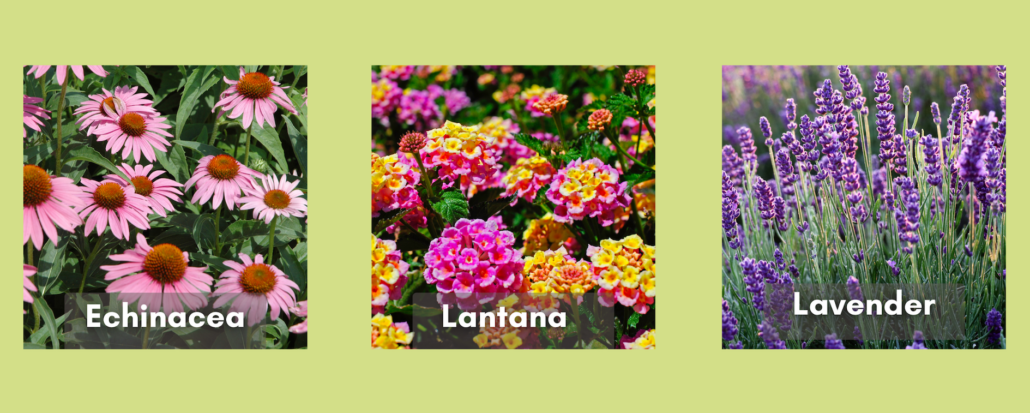
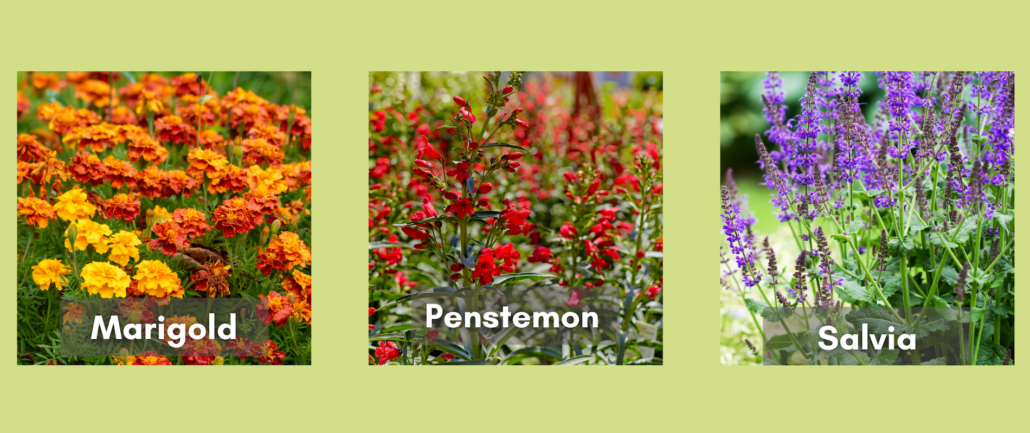
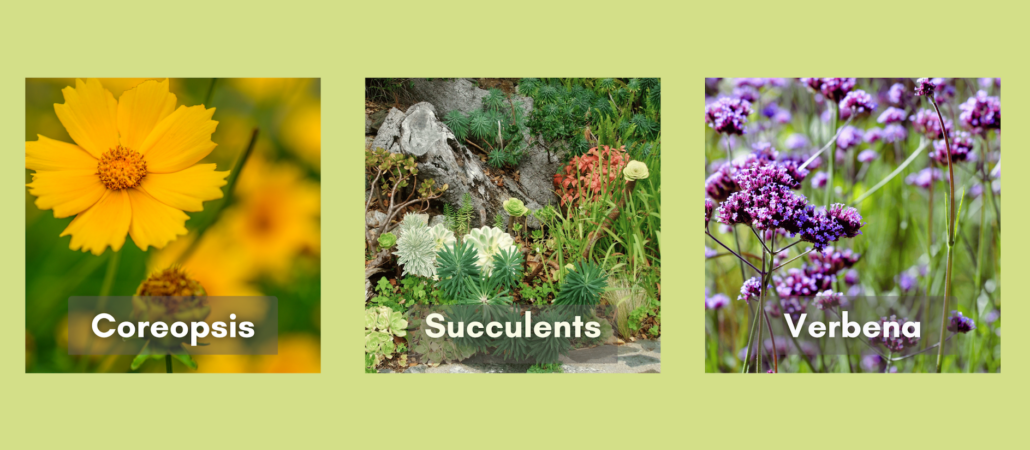
6 Edibles That Can Cope Include
- Tomatoes
- Squash
- Cucumbers
- Sweet potatoes
- Rosemary (although keep in mind this is a fire hazard)
- Basil
Closing thoughts
Like most gardeners, I beam with pride when my plants look happy. And concerned if they look stressed. Writing this post was a good reminder of how to better care for them during our ever-increasing heat waves.
Remember these key points when caring for plants during extreme heat.
- Water the right way. (see tips listed above).
- Pay special attention to trees, young plants, and plants in containers.
- Shade cloth is a good tool to help minimize damage from heat stress.
Every plant is vulnerable to heat stress during a prolonged extreme heat event. But you’ll boost their chances of survival with these tools in your belt.

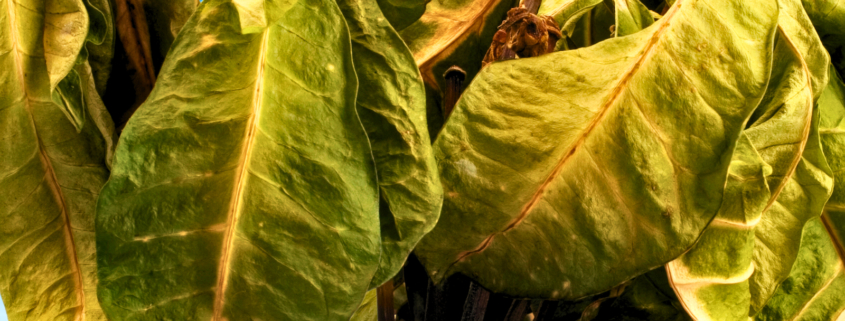

Leave a Reply
Want to join the discussion?Feel free to contribute!